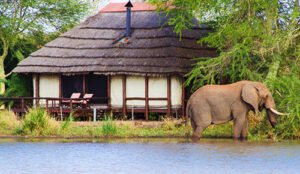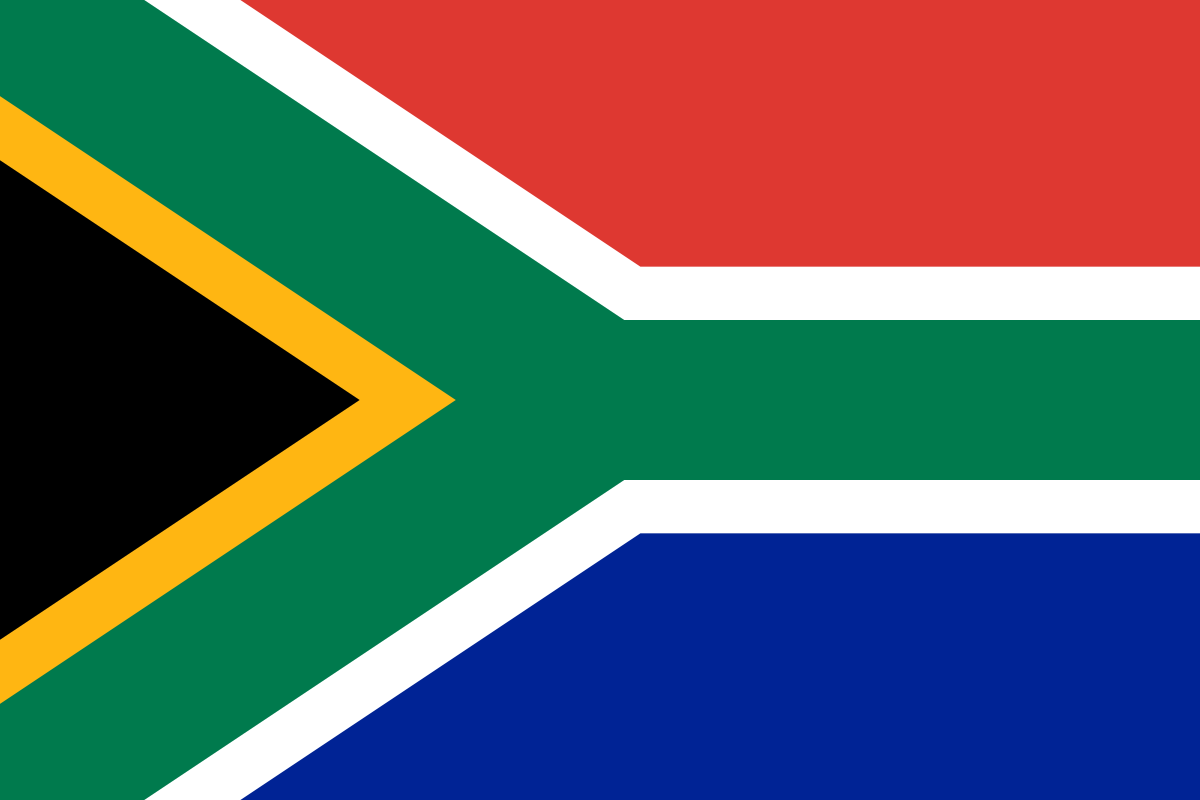South Africa has a rich and diverse history that can be traced back to ancient times. March 26 stands as another thread woven into this remarkable tapestry. Let us explore the layers of South African history, delving into the past and unravelling the narratives that left their mark on this extraordinary land.

1990: Eleven protesters killed in Sebokeng
The police opened fire on a crowd of Sebokeng township residents who sought to march on the local offices of the ruling National Party (NP). The incident claimed eleven lives, and more than 300 were injured. The protest focused on high rents, racially segregated local facilities, and called for the resignation of township councillors.
1898: Hunting is prohibited in the area that is now the Kruger National Park
On the 26 March 1898, a proclamation was published in the Official Gazette of the ZAR. This proclamation prohibited the hunting of game in the area between the Crocodile River in the south and the Sabie River in the north, and between the Lebombo Range in the east and the Drakensberg Range in the west.This marked the origins of the Sabie Game Reserve, the second reserve in Africa. The Anglo-Boer War halted further development of the reserve, but the British, after winning the war, proceeded with the plan to develop the Sabie Game Reserve. This task was given to Major James Stevenson-Hamilton in 1902, in order to protect the animals against hunters, ivory poachers and cattle farmers. It was renamed Kruger National Park in 1926, and was opened to the public in 1927. Visitors were able to view animals and plant life in the protected area.



